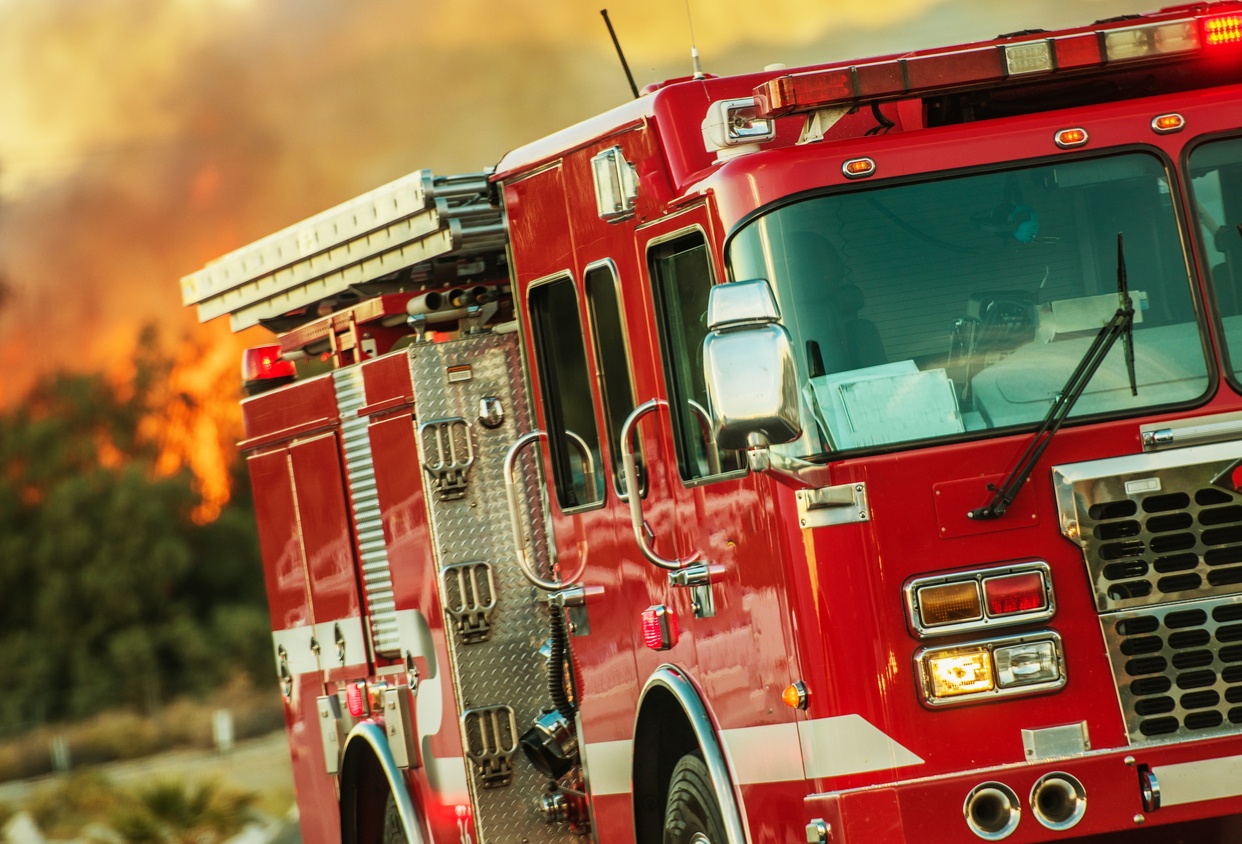
According to the Centers for Disease Control and Prevention (CDC), 80 to 100 firefighters die in the line of duty each year. Firefighting is a dangerous occupation, but education and practice can help first responders identify and address life-threatening situations.
What causes fatalities?
Three of the most common causes of death are (1) sudden cardiac death, (2) asphyxiation, and (3) motor vehicle accidents (MVA).
Sudden Cardiac Death
The most common cause of death among on-duty firefighters is a cardiovascular event. Some research suggests up to 45 percent of fatalities can be attributed to heart attacks. Several factors may contribute to cardiovascular health.
When faced with a threat, the body produces more platelets to speed coagulation, blood’s natural clotting process. While clotting is important in the event of trauma, it also forces the heart to work harder to pump thicker blood. Another theory suggests the extreme heat may contribute to blood thickness. As the body excretes water, hemoglobin increases and blood becomes more concentrated.
Asphyxiation
Asphyxiation killed 57 firefighters between 1998 and 2005, despite the use of personal protective equipment (PPE) including a self-contained breathing apparatus (SCBA). Building materials contain several noxious chemicals. Every fire is a hazmat area, and every firefighter risks carbon monoxide (CO) and hydrogen cyanide (HCN) poisoning.
Motor Vehicle Accidents
Time is a factor when responding to an emergency, which may contribute to MVAs. The most effective way to reduce fatalities is by using seat belts. Firefighters tend not to use seat belts, reportedly wearing them 55 percent of the time compared to 79 percent used by the general U.S. population.
How can simulation address fatalities?
Firefighters must be prepared to perform life-saving techniques on one another. Simulation should address the following:
- Basic Life Support (BLS) Education: Heart attack should be suspected when an on-duty firefighter is found unconscious. It’s crucial to begin BLS, but PPE equipment will reduce its effectiveness. Removing this equipment, or doffing, can be difficult in a high-pressure environment. Check out this video to view an easy, 10-step process for doffing a downed firefighter.
- Cyanokit administration: Because HCN poisoning prevents cells from absorbing oxygen, BLS is not an effective way of circulating air through the body. Teach first responders to identify symptoms of moderate and serious exposure and administer Cyanokit. Pocket Nurse® offers a Demo Dose® simulated CyanoKT kit for training on how to deliver this life-saving therapy.
- Diagnostic assessment: Risk of heart attack isn’t limited to the scene of a fire. A fatal heart attack is ten to 100 times more likely after a fire event. Everyone returning to the station should watch for signs of cardiac arrest and be prepared to assess someone complaining of extreme fatigue, chest pains, etc.
Firefighting is a dangerous occupation. Education is an excellent first step to preventing unnecessary fatalities.
Evan Stiger is Marketing Coordinator II at Pocket Nurse. He recently attended the “Firefighter Down—Pit Crew CPR for the Downed Firefighter” session presented by Michael Herbert at the Swamp Rabbit Prehospital Medicine Conference at Greenville Health System.
Sources:
CDC, NIOSH, Fire Fighter Investigation and Prevention Program [PDF]
Medical News Today, “Why do firefighters have an increased risk of heart attacks?”






